NASA awards contract for first rocket to launch from another planet
Wednesday, 09 February 2022 05:08 NASA has started the early processes of constructing a $194 million small rocket that will launch from Mars, which will be the first known rocket launch from another planet.
The so-called Mars Ascent Vehicle, or MAV, has been designed to fly to Mars, receive Martian rock samples from a rover and blast back into space. It's part of a plan to return the first-ever rocks from the Red Plane
NASA has started the early processes of constructing a $194 million small rocket that will launch from Mars, which will be the first known rocket launch from another planet.
The so-called Mars Ascent Vehicle, or MAV, has been designed to fly to Mars, receive Martian rock samples from a rover and blast back into space. It's part of a plan to return the first-ever rocks from the Red Plane Sols 3381-3382: Whence We Came
Wednesday, 09 February 2022 05:08 After our adventures further uphill, Curiosity is backing down hill to get to the start of the path she will take up to the "Greenheugh Pediment." We are still surrounded by amazing stratigraphy and have the benefit of having been through here before. We can fill in missing pieces of terrain, and follow up interesting observations. Mastcam and ChemCam imaging fills both needs today.
Mastca
After our adventures further uphill, Curiosity is backing down hill to get to the start of the path she will take up to the "Greenheugh Pediment." We are still surrounded by amazing stratigraphy and have the benefit of having been through here before. We can fill in missing pieces of terrain, and follow up interesting observations. Mastcam and ChemCam imaging fills both needs today.
Mastca Saturn's High-Altitude Winds Generate Extraordinary Aurorae, Study Finds
Wednesday, 09 February 2022 05:08 Space scientists have discovered a never-before-seen mechanism fueling huge planetary aurorae at Saturn. A University of Leicester-led team has found that Saturn is unique among planets observed to date in that some of its aurorae are generated by swirling winds within its own atmosphere, and not just from the planet's surrounding magnetosphere.
The study, which is based on observations ma
Space scientists have discovered a never-before-seen mechanism fueling huge planetary aurorae at Saturn. A University of Leicester-led team has found that Saturn is unique among planets observed to date in that some of its aurorae are generated by swirling winds within its own atmosphere, and not just from the planet's surrounding magnetosphere.
The study, which is based on observations ma The Magnetic Field in Milky Way "Bones"
Wednesday, 09 February 2022 05:08 Star formation in the Milky Way primarily occurs in long, dense filaments of gas and dust that stretch along the spiral arms. Dubbed "bones" because they delineate the galaxy's densest skeletal spiral structures, these filaments are characterized by being at least fifty times longer than they are wide and having coherent internal motions along their lengths.
While most of the key physical
Star formation in the Milky Way primarily occurs in long, dense filaments of gas and dust that stretch along the spiral arms. Dubbed "bones" because they delineate the galaxy's densest skeletal spiral structures, these filaments are characterized by being at least fifty times longer than they are wide and having coherent internal motions along their lengths.
While most of the key physical NASA embarks on 3-month alignment of Webb telescope's massive mirror
Wednesday, 09 February 2022 05:08 NASA has started the tedious, precise job of aligning 18 sections of the James Webb Space Telescope's giant golden mirror.
The mirror had to be large enough to capture infrared light from the universe's earliest galaxies, but also had to be sectioned and folded in order to build and launch.
Now, NASA engineers and astronomers will attempt to reposition all 18 hexagonal sections s
NASA has started the tedious, precise job of aligning 18 sections of the James Webb Space Telescope's giant golden mirror.
The mirror had to be large enough to capture infrared light from the universe's earliest galaxies, but also had to be sectioned and folded in order to build and launch.
Now, NASA engineers and astronomers will attempt to reposition all 18 hexagonal sections s For clues to neutron stars, scientists probe lead nuclei's thin neutron skin
Wednesday, 09 February 2022 05:08 Nuclear physicists explore different nuclei to learn how protons and neutrons behave. For instance, they have found that nuclei made of just a few protons and neutrons typically contain close to an equal number of each. But as nuclei get heavier, they need to pack in more neutrons than protons to remain intact.
These extra neutrons tend to stick to the outer edges of heavy nuclei and form
Nuclear physicists explore different nuclei to learn how protons and neutrons behave. For instance, they have found that nuclei made of just a few protons and neutrons typically contain close to an equal number of each. But as nuclei get heavier, they need to pack in more neutrons than protons to remain intact.
These extra neutrons tend to stick to the outer edges of heavy nuclei and form Indian Space Agency decommissions communication satellite
Wednesday, 09 February 2022 05:08 Space debris has become a real concern for space exploration agencies worldwide. According to estimates, there are 7,200 artificial satellites in total orbiting Earth and 27,000 pieces of man-made debris caught in orbit.
The Indian Space Research Organisation (ISRO) has successfully decommissioned a 14-year-old communication satellite, INSAT-4B, which provided services in the Ku and C freq
Space debris has become a real concern for space exploration agencies worldwide. According to estimates, there are 7,200 artificial satellites in total orbiting Earth and 27,000 pieces of man-made debris caught in orbit.
The Indian Space Research Organisation (ISRO) has successfully decommissioned a 14-year-old communication satellite, INSAT-4B, which provided services in the Ku and C freq Sidus Space announces deal with Red Canyon Software to support LizzieSat Constellation
Wednesday, 09 February 2022 05:08 Sidus Space, Inc. (NASDAQ: SIDU), a Space-as-a-Service satellite company focused on commercial satellite design, manufacture, launch, and data collection, is pleased to announce a strategic partnership with Red Canyon Software, Inc. (Red Canyon) to support LizzieSat Constellation of 100 Satellites.
Through this partnership, Red Canyon will support the design, development, assembly, integra
Sidus Space, Inc. (NASDAQ: SIDU), a Space-as-a-Service satellite company focused on commercial satellite design, manufacture, launch, and data collection, is pleased to announce a strategic partnership with Red Canyon Software, Inc. (Red Canyon) to support LizzieSat Constellation of 100 Satellites.
Through this partnership, Red Canyon will support the design, development, assembly, integra Sateliot raises 10 million euros in Series A round
Wednesday, 09 February 2022 04:35
Sateliot raised 10 million euros ($11.4 million) in a Series A investment round.
The post Sateliot raises 10 million euros in Series A round appeared first on SpaceNews.
Small satellite constellations promise resilient communications and Earth observation
Wednesday, 09 February 2022 03:25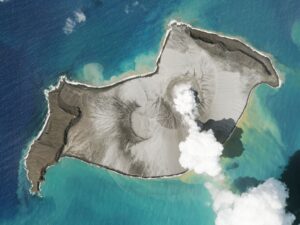
Small satellite constellations provide valuable communications links in the wake of natural disasters, according to speakers at the SmallSat Symposium here.
The post Small satellite constellations promise resilient communications and Earth observation appeared first on SpaceNews.
Stock market losses for space companies not affecting private investment
Tuesday, 08 February 2022 23:20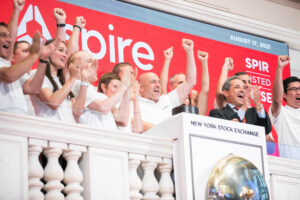
Many space companies that have gone public in the last year through SPAC deals have suffered major losses in the stock market in recent months, but that decline doesn’t necessarily mean a broader skepticism about the industry.
Space Development Agency experiment demonstrates on-orbit data processing
Tuesday, 08 February 2022 19:32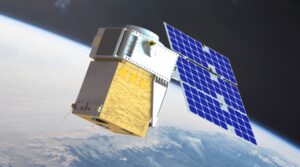
A data processor launched to orbit by the Space Development Agency has performed an early demonstration of autonomous data fusion in space.
The post Space Development Agency experiment demonstrates on-orbit data processing appeared first on SpaceNews.
Riding a laser to Mars
Tuesday, 08 February 2022 17:10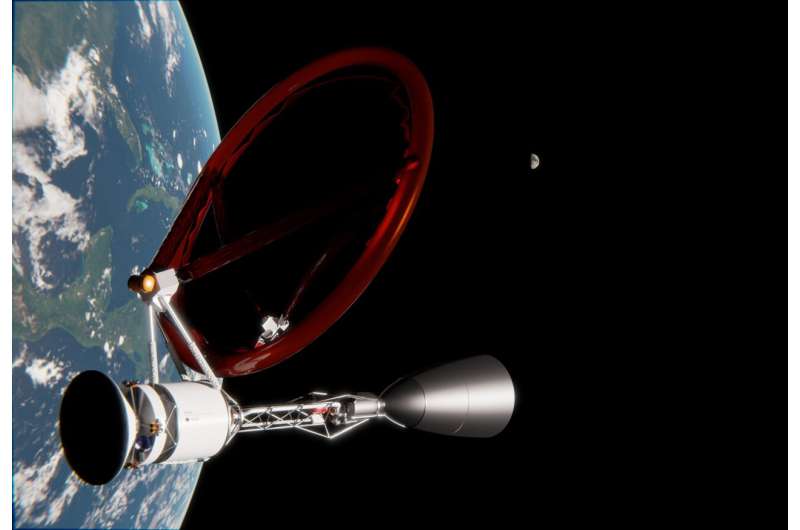
Could a laser send a spacecraft to Mars? That's a proposed mission from a group at McGill University, designed to meet a solicitation from NASA. The laser, a 10-meter wide array on Earth, would heat hydrogen plasma in a chamber behind the spacecraft, producing thrust from hydrogen gas and sending it to Mars in only 45 days. There, it would aerobrake in Mars' atmosphere, shuttling supplies to human colonists or, someday perhaps, even humans themselves.
In 2018, NASA challenged engineers to design a mission to Mars that would deliver a payload of at least 1,000 kilograms in no more than 45 days, as well as longer trips deep into, and out of, the solar system. The short delivery time is motivated by a desire to ferry shipments and, someday, astronauts to Mars while minimizing their exposure to the damaging effects of galactic cosmic rays and solar storms.
Monitoring crop health across the Netherlands
Tuesday, 08 February 2022 15:19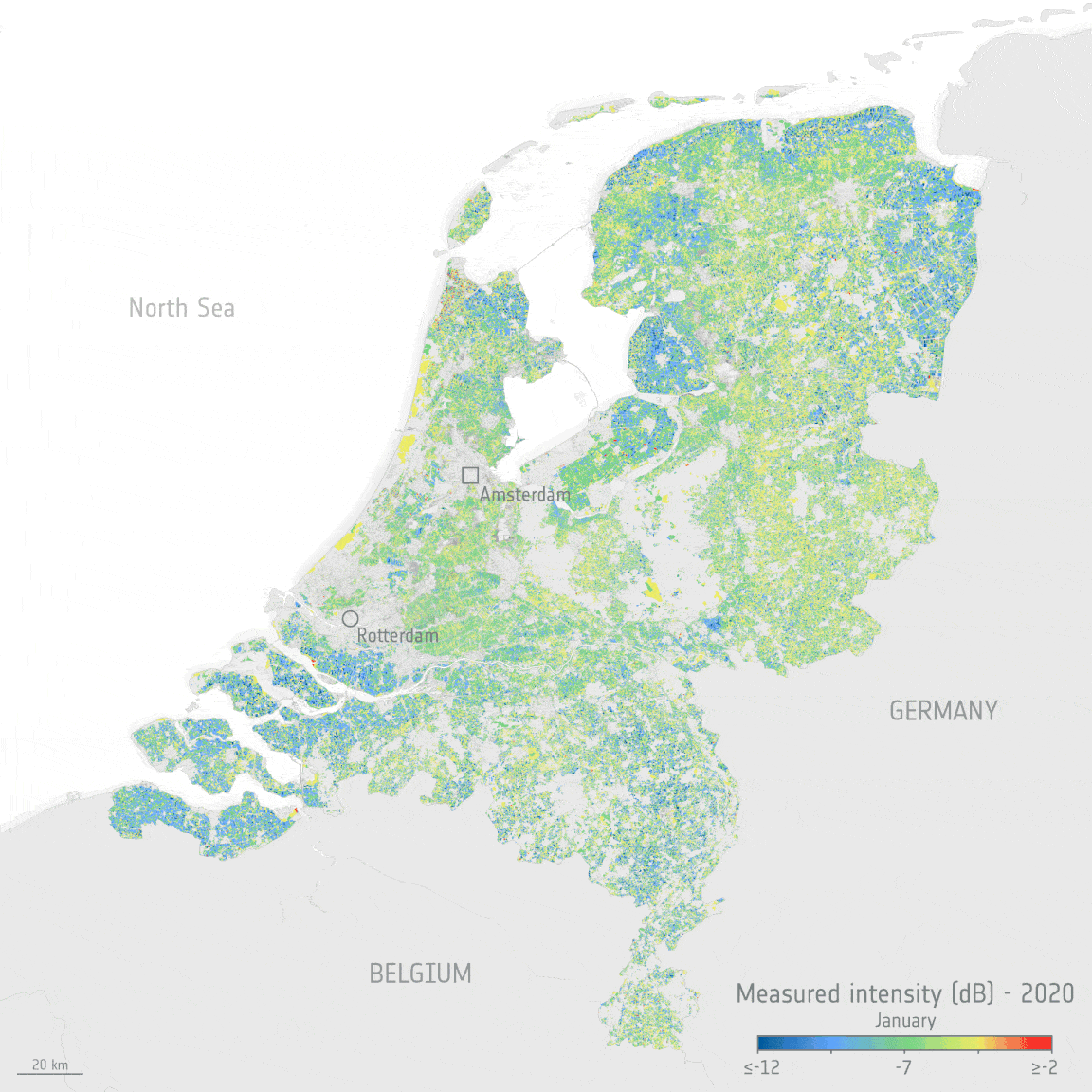
The Copernicus Sentinel satellite missions measure and image our planet in different ways to return a wealth of complementary information so that we can understand and track how our world is changing, and how to better manage our environment and resources. Thanks to the benefits of different types of data from two particular Copernicus Sentinel missions and an ingenious new dataset tool, people working in the agriculture sector, but who are not satellite data experts, can monitor the health and development of crops, right down to each crop in individual fields.
Protecting dark and quiet skies from satellite constellation interference
Tuesday, 08 February 2022 14:46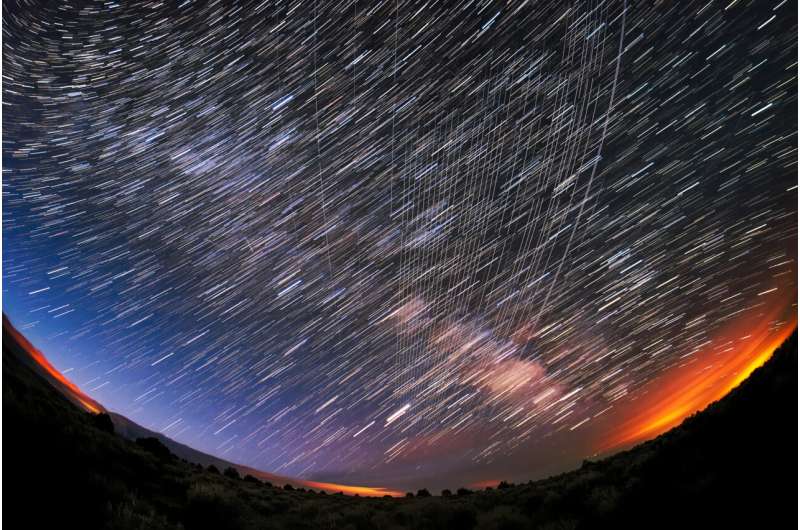
If you've ever tried to star gaze in a residential or urban area, you know that a streetlight or even the lights from a nearby town can greatly interfere with your ability to identify Orion's Belt and see a rare comet or other celestial bodies. But what is more of a disappointment for us is a cosmic disruption for scientists and others in the space industry.
To preserve this vital characteristic of the universe, a new International Astronomical Union Centre for the Protection of the Dark Sky from Satellite Constellation Interference has been established.
Siegfried Eggl, faculty member in the Department of Aerospace Engineering at the University of Illinois Urbana-Champaign and Robert Gruendl in Illinois' Dept. of Astronomy have been selected to participate. They are both members of the Center for AstroPhysical Surveys in the National Center for Supercomputing Applications at UIUC.
